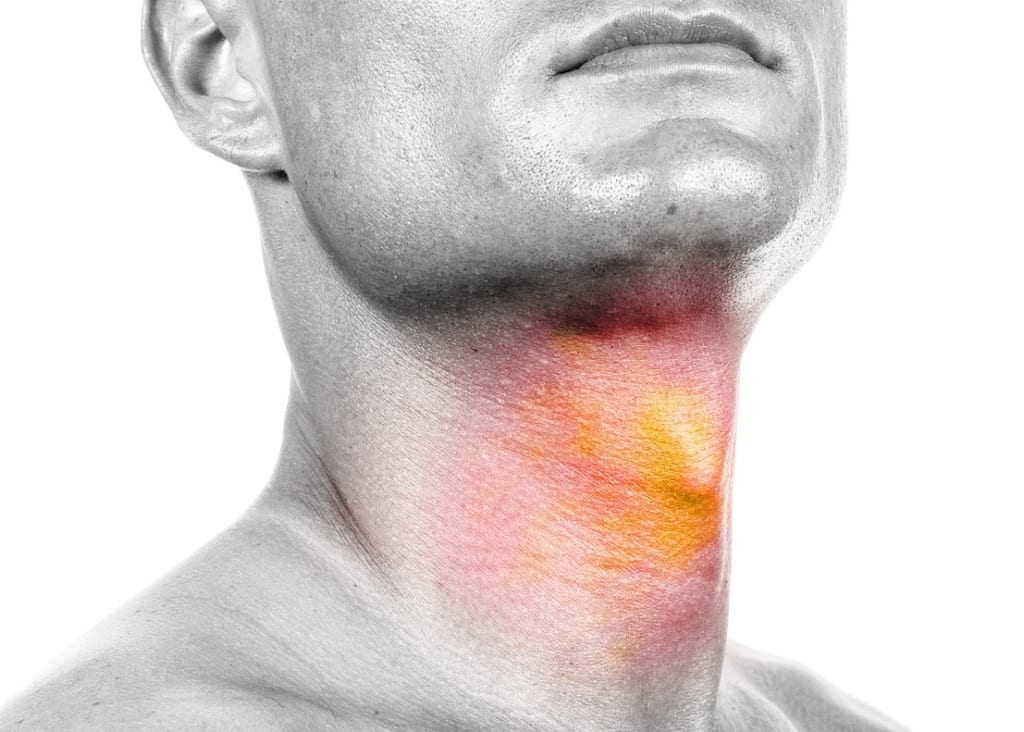Fucoidan is a sulfated fucose-rich polysaccharide derived from the cell membranes of seaweed species such as Fucus. It is known to have multiple health benefits as revealed in a few recent studies. Also, carcinoma is the most common type of cancer that occurs in the epithelial tissue of the skin. It may also effect the tissue that lines internal organs like liver and/or kidneys. Carcinomas can spread to other bodies or be confined to a single location. The disease has various forms.
Various in vitro studies indicated Fucoidan’s ability to induce apoptosis and inhibit angiogenesis and cancer cell proliferation. On a positive note, anticancer effects of Fucoidan have also been observed in vivo, significantly reducing tumor size and inhibiting metastasis. Fucoidan is well tolerated at high doses and does not cause side effects.
Fucoidan has been proved to display anticancer effects but there has been no investigation on head and neck cancer until recently. Hence, I would like to share the recent study, “Fucoidan Exerts Anticancer Effects Against Head and Neck Squamous Cell Carcinoma In Vitro,” by Wiktoria Blaszczak.
This study was aimed to evaluate in vitro the anticancer effects of his Fucus Vesiculosus (FV) extract alone and combined with cisplatin in head and neck squamous cell carcinoma (HNSCC).
MTT assay results revealed FV dose-dependently inhibits proliferation of H103, FaDu, and KB cell lines, regardless of HPV infection status, with 1-fold and 2-fold IC50 (0.5FV, 1FV, 2FV) at 24 hours revealed became. Extending the incubation period to 48 and 72 hours magnified the inhibition observed at even lower concentrations (Figure. 1a, b) growth inhibition by FV in all cell lines tested (H103, FaDu, KB).
Cell cycle analysis by flow cytometry indicated that Fucoidan affects the cell cycle distribution of all tested cell lines and induces cell cycle arrest at the G2/S phase in H103 and FaDu cells in a dose-dependent manner. For the KB cell line, a slight FV-induced G1 arrest was observed as well. Furthermore, incubation with Fucoidan dose-dependently increased the apoptotic rate in all HNSCC cell lines. It was represented by an increased proportion of the sub-G1 phase cell population. (See Figure 2) Western blot analysis confirmed the induction of apoptosis.
Additionally, 24 h treatment with Fucoidan increased ROS production in H103 cells. In contrast, the opposite effect was observed in KB cells, where incubation with Fucoidan reduced ROS production. Both results were dose-dependent. However, FaDu cells remained unresponsive to Fucoidan because ROS production was unchanged after treatment. It suggests cell death is not associated with oxidative stress but with direct activation of caspase-dependent apoptosis. (See Figure. 2)
The study also observed that co-administration of cisplatin and Fucoidan increased toxicity and decreased cell viability in all HNSCC cell lines. A significant change was observed only in HeH103 cells. (See Figure. 3d) A drug interaction analysis was also performed to characterize the activity of Fucoidan and cisplatin in detail. This analysis revealed a synergistic effect between He FV and CIS in all cell lines tested in both experiments, except FaDu cells. These results were confirmed by apoptosis analysis by flow cytometry. Finally, the study demonstrated that Fucoidan exhibits anticancer properties against HNSCC, manifested by inducing apoptosis, modulating ROS production, cell cycle arrest, and inhibiting proliferation.
In conclusion, the study revealed that crude Fucus Vesiculosus Fucoidan exerts anticancer effects against HNSCC in vitro, manifested by inhibition of proliferation, cell cycle arrest, induction of apoptosis, and regulation of synthesis of reactive oxygen species and proved for the first time. The tested head and neck cancer cell lines showed a synergistic effect between Fucoidan and cisplatin. Fucoidan, as a non-toxic and well-tolerated compound, is an excellent candidate as a complementary agent in chemotherapy. However, additional studies are essential to investigate the mechanical background behind its activity.



Source: Molecules. 2018 Dec; 23(12): 3302. doi: 10.3390/molecules23123302
